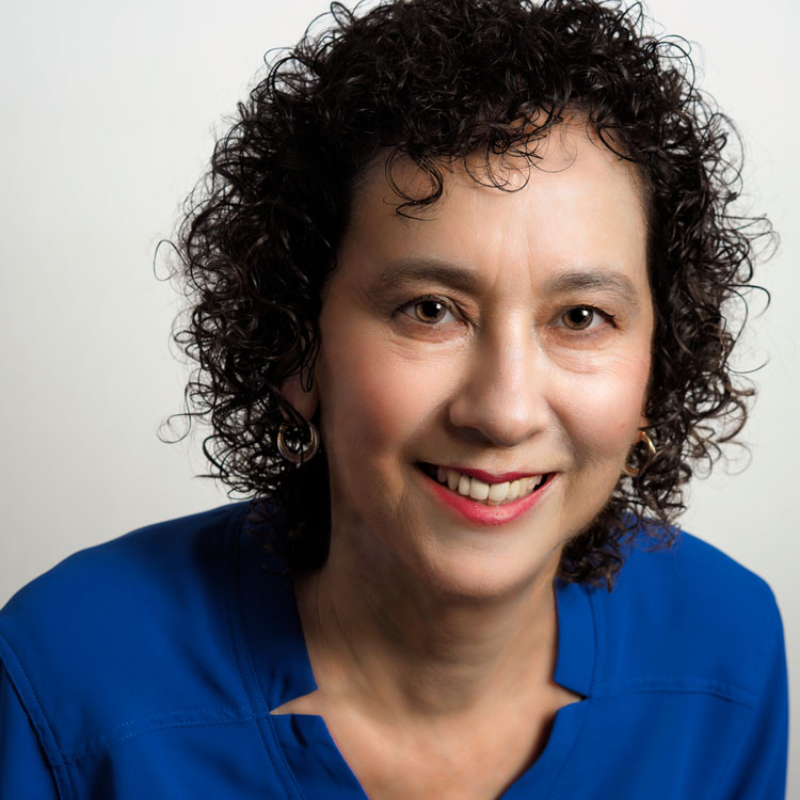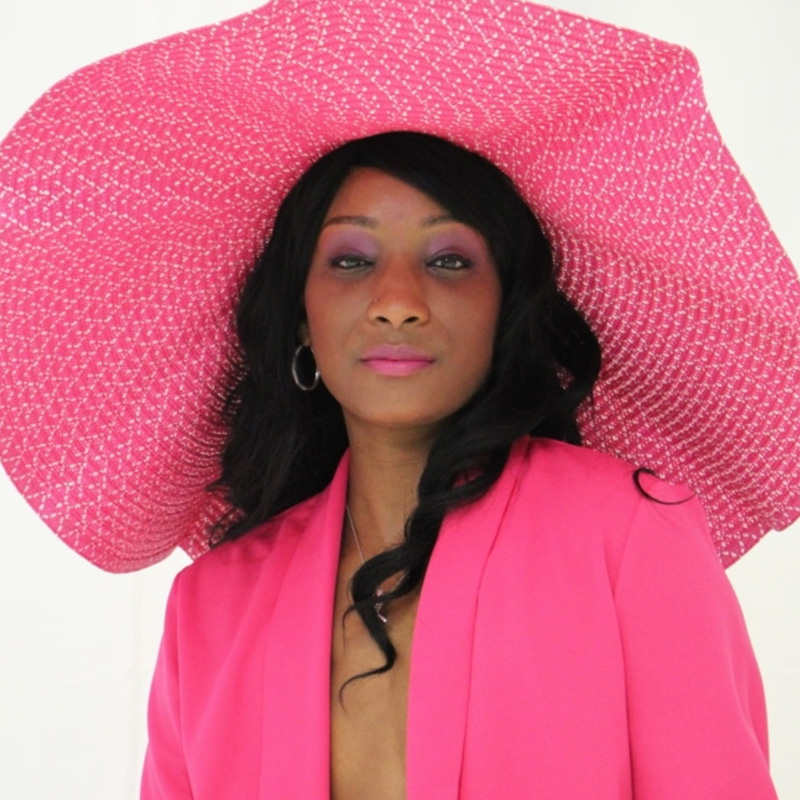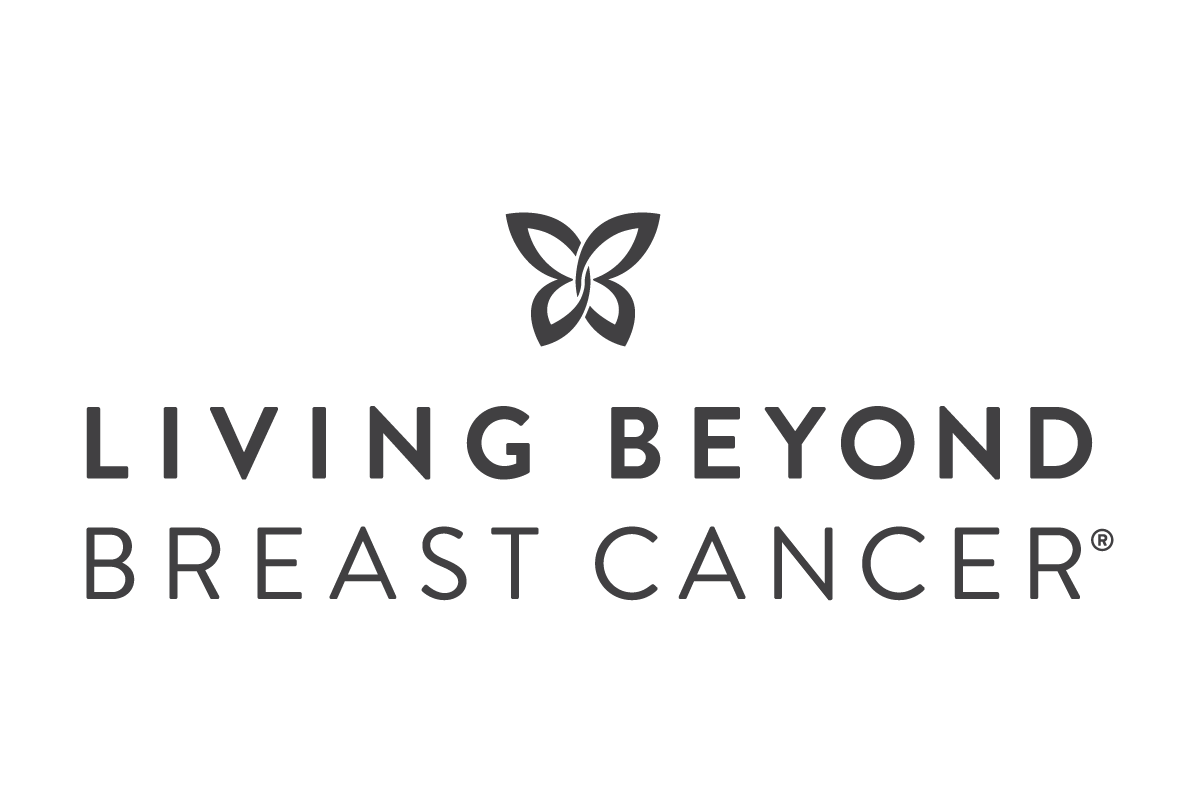Bone loss from treatment: Kiana Wooten
- 06/24/21

After surgery for stage II breast cancer, Kiana Wooten, a chef from Monmouth Junction, New Jersey, began chemotherapy. Soon she was having bone and joint pain. Kiana was 34 years old and hadn’t been worried about her bone health before. “I was taking a multivitamin, calcium, and vitamin D, so never thought very much about it,” she says.
That’s often the case, especially for younger women. Yet chemotherapy, hormonal therapy, and other vital breast cancer treatments may thin and weaken bones — especially if the therapies reduce or block estrogen. Some also inflame joints. Loss of bone mass or bone mineral density can cause pain and limit movement.
Bone health is a common concern during or after breast cancer treatment. In a recent study, women who have had breast cancer had a 68 percent higher risk of moderate bone loss (osteopenia) or severe bone loss (osteoporosis), compared to women who never had cancer.
Kiana, now 36, talked with LBBC contributor Robin Warshaw about the bone effects she experienced from treatment — and how she found help.

Robin: When did your bone pain begin?
Kiana: During chemotherapy, my medical team told me my bones might hurt—from both the chemo and pegfilgrastim (Neulasta). I thought it was just a side effect of treatment and would go away. I did not expect to feel excruciating pain all over for months!
The pain was mostly in my knees but also in my neck and shoulders. When I woke up, I had terrible headaches, my mouth hurt and my jaw ached.
After chemo, I was put on the aromatase inhibitor letrozole (Femara) and got a monthly injection with goserelin (Zoladex), both hormonal therapies. The achiness got worse. I used a heating pad, lidocaine patches, anything to try to get relief. There were times I felt I couldn’t get out of bed. I was literally in tears.
My husband and I have a daughter who was five years old when I was diagnosed. She did not understand why I could not engage in activities with her. I felt like a terrible mother. We went from doing gymnastics, dancing, Zumba, and cooking to doing nothing! I was in so much pain. The only interaction I was able to enjoy with her was having mock tea parties. I tried to be as engaging as possible. I could see the sadness in her face.
Robin: Did you have other bone-related problems?
Kiana: Before my diagnosis, I had a small gap between my front teeth. After chemo, I noticed a big shift where the gap opened up a lot. I went to my medical oncologist and asked, “Is it possible this could happen from my breast cancer treatment?” And she said yes.
I went to the dentist who had previously treated me so they knew what the gap had been before. I was told I would have to do something because my mouth had shifted so much.

Robin: How did your medical team respond?
Kiana: Initially, they thought maybe something else was going on. They sent me to a rheumatologist who did bloodwork, looking for inflammatory markers. Everything came back normal. A physical exam found my joints were fine, not swollen or arthritic. Yet I was in a lot of pain.
So they sent me for a bone density scan. It showed I was suffering from osteoporosis.
Robin: What treatments did your oncologist recommend?
Kiana: She put me on larger doses of vitamin D3, 10,000 IUs daily, and calcium gummies, 1,200 milligrams each, two per day. The gummies also have vitamin D. My doctor said loratadine (Claritin) helps with joint pain as well as allergies, so I’m taking that.
She also prescribed gabapentin for pain. I take one in the morning and two at night. Each capsule is 300 milligrams.
Robin: How did you do with those and your aromatase inhibitor?
Kiana: I thought people just wake up and take their medicine, so I started by taking them all at the same time, in the morning. It wasn’t explained to me. Maybe they thought I was supposed to just know.
The first couple of days were definitely rough. I felt really sick, like I was gonna throw up. I felt jittery and shaky. I had to take my nausea medicine (ondansetron) and thought I’m not gonna be able to do this. I called the oncologist’s office to get an appointment even though I was there the week prior. When I saw the oncologist, she said, “You can’t take them all at the same time!”
It would have been helpful if somebody had told me. Now I separate all of my pills for the entire week so if I’m running late I don’t have to go through the bottles.
Robin: Has your pain lessened?
Kiana: Once I started taking more vitamin D, I felt better. And when my oncologist changed me from letrozole to exemestane (Aromasin), my body felt much better.
I was using a knee brace and now I can’t remember the last time I had it on. I don’t have to soak in a tub with Epsom salts (for aches).
I participated in a clinical trial using resistance bands to build strength in people who had bilateral mastectomy. I had lost a lot of feeling in my arms and hands. As a chef, I need them and wanted to see if the bands would help. When I first did the exercises, my strength was terrible. I could only do three pushups and lift 15 pounds. By the end of the study, I was doing what the trainer was doing for 45 minutes.
I can exercise and not feel pain. We recently started back with dancing and Zumba and I feel great! I’ll be getting another bone density scan in a month to see my progress.
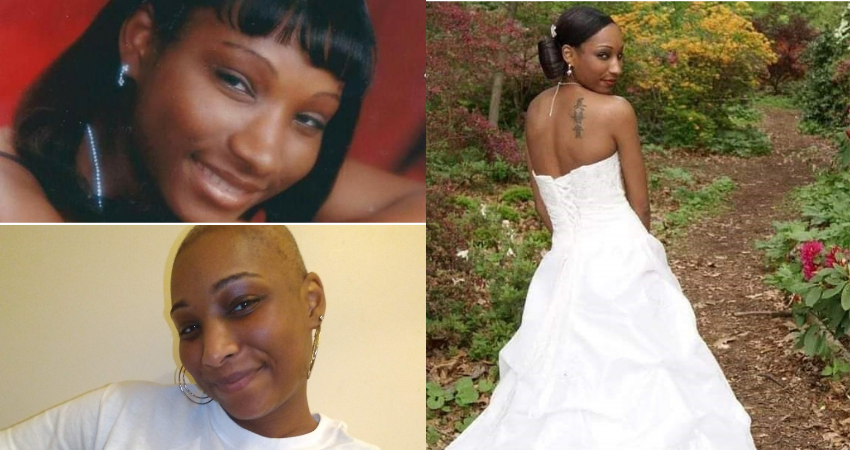
Robin: How did you solve the dental problem?
Kiana: I now have transparent braces (Invisalign). It’s very frustrating because they’re expensive and I have to pay for most of it. This did not happen until I had chemo but my dental insurance only paid about $1,000 of the cost and I’m stuck with the rest, about $3,000.
Having the braces is not a cosmetic thing. I’m not trying to have a superstar smile. I had a side effect from treatment.
Robin: Are you doing other things to benefit your bones?
Kiana: I eat a lot more salmon, green vegetables, and salads. I do a lot of juicing. I also go for walks when the sun is out but I make sure to put on sunblock.
Robin: What advice about bone health do you have for people going through breast cancer treatment?
Kiana: I wasn’t prepared for this. I feel like I went in with one issue and came out with another.
Patients taking all these different medicines should know that your medical team doesn’t explain everything to you. They say you might feel achy. They don’t say you’ll be on an estrogen blocker for 5 to 10 years, which can cause bone loss.
Also, treatment should incorporate physical therapy and exercise. I didn’t start that until almost a year after treatment began. If I had started earlier it might have helped. It was an important part of my feeling better.
This article was supported by the Grant or Cooperative Agreement Number 1 NU58DP006672, funded by the Centers for Disease Control and Prevention. Its contents are solely the responsibility of the authors and do not necessarily represent the official views of the Centers for Disease Control and Prevention or the Department of Health and Human Services.
Sponsored by
Stay connected
Sign up to receive emotional support, medical insight, personal stories, and more, delivered to your inbox weekly.
